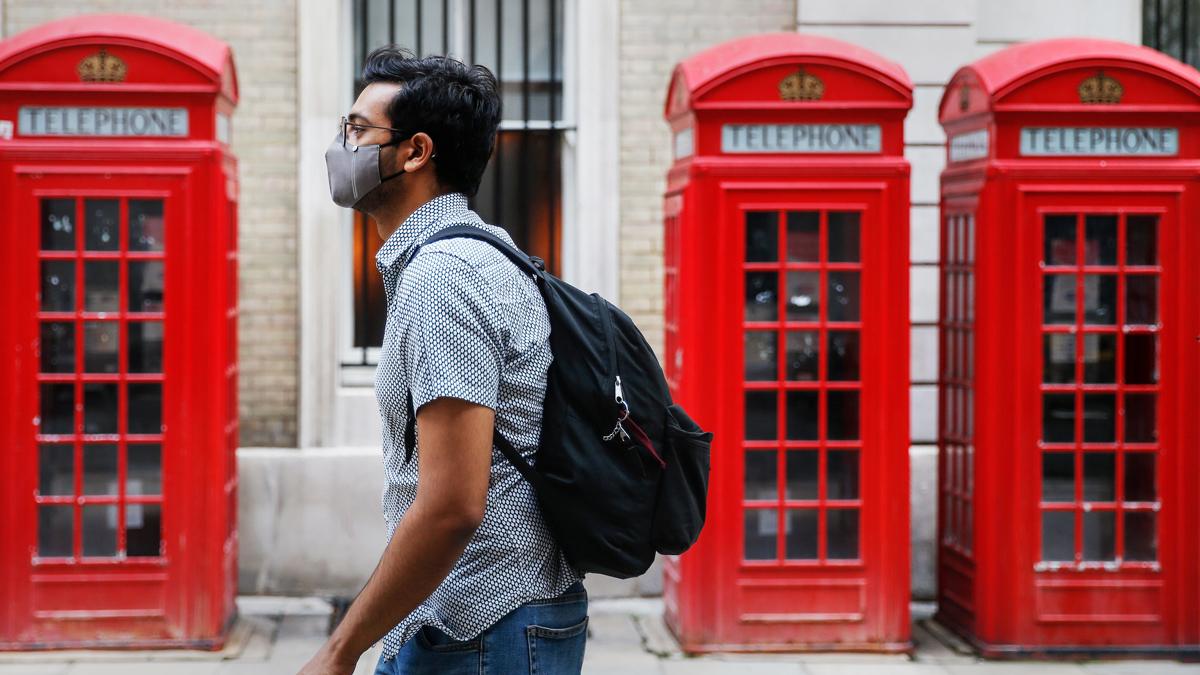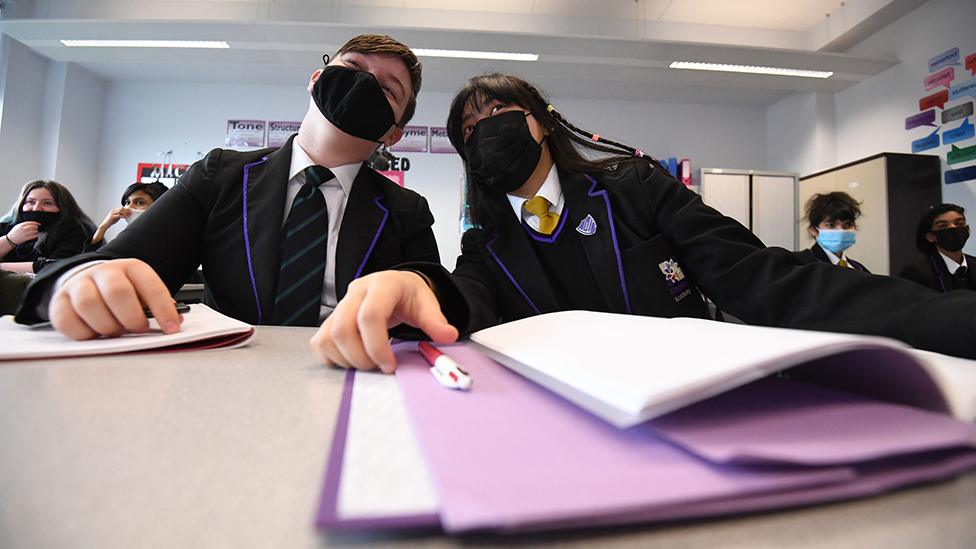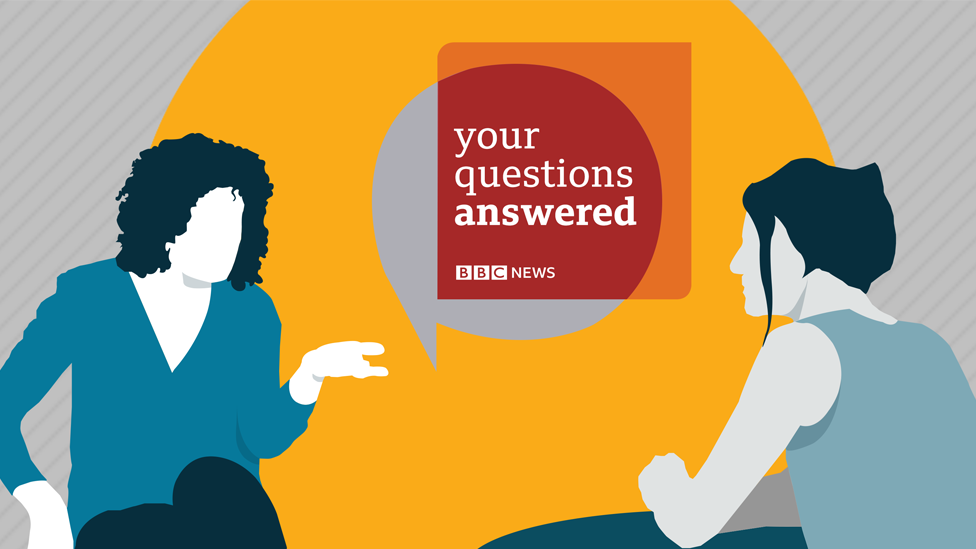Covid: Lockdown rules explained in five South Asian languages
- Published

People are only allowed to go outside for essential reasons under new lockdown rules.
Prime Minister Boris Johnson announced new lockdown restrictions in England on 4 January. People have been told to stay at home and only go outside for essential reasons, such as medical appointments, emergencies and exercise.
Schools and colleges have moved to online learning and summer examinations have been cancelled. The measures have been introduced to prevent the NHS from becoming overwhelmed by a surge in cases, caused by the new variant, which spreads up to 70% more quickly. The national restrictions are expected to last until at least the middle of February.
The BBC Asian Network has explained the new rules in five South Asian languages: Gujarati, Punjabi, Sylheti, Tamil and Urdu. You can also read more about the rules in English here.
Urdu
Reporter Haroon Rashid explains what you can and can't do in Urdu.
Reporter Haroon Rashid explains what you can and can't do under the new lockdown rules in Urdu
Punjabi
Reporter Raj Kaur Bilkhu explains what you can and can't do in Punjabi.
Reporter Raj Kaur Bilkhu explains what you can and can't do under the new lockdown rules in Punjabi
Tamil
Presenter Sangeetha Rajan explains what you can and can't do in Tamil.
Presenter Sangeetha Rajan explains what you can and can't do under the new lockdown rules in Tamil
Sylheti
Presenter Poppy Begum explains what you can and can't do in Sylheti.
Poppy Begum explains what you can and can't do under the new lockdown rules in Sylheti
Gujarati
Radio Presenter Shruti Chauhan explains what you can and can't do in Gujarati.
Radio presenter Shruti Chauhan explains what you can and can't do under the new lockdown rules in Gujarati
Related topics
- Published1 July 2022

- Published7 March 2021

- Published22 February 2022

- Published3 December 2020

- Published17 December 2020

- Published14 January 2021
